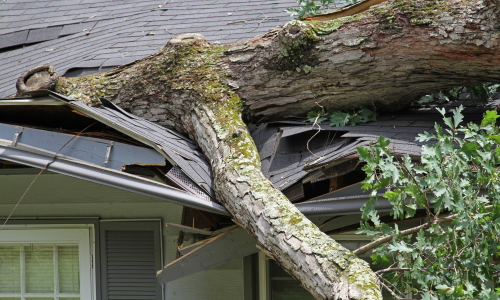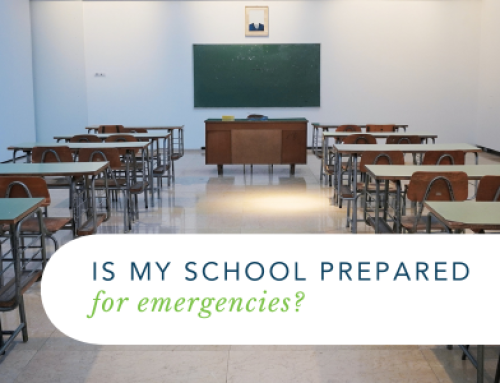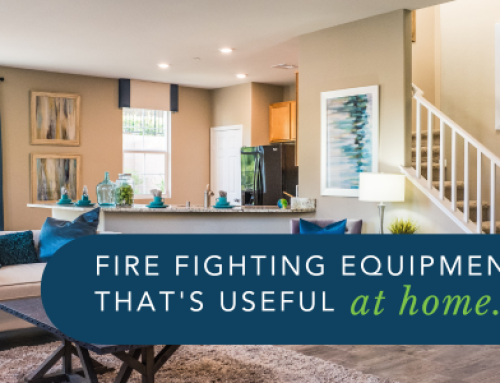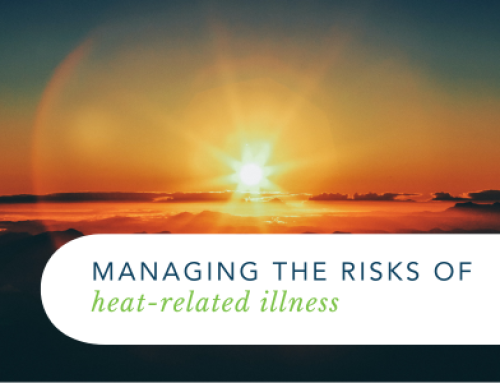The earths crust is made up of many tectonic plates and these plates are moving colliding and rubbing against each other or moving away from each other. Where this occurs there is a build up of pressure/stress which can lead to the sudden release of that stress when rocks deep underground break and move along the fault line. In Australia, earthquakes are occurring regularly but we do not know about the vast majority of them because they are of such small magnitude. Every so often we experience larger magnitude earthquakes such as the 1989 Newcastle Earthquake, which registered as a 5.6 magnitude earthquake, and more recently the 5.9 magnitude earthquake in Melbourne.
There is generally very little if any warning of an earthquake. So, when an earthquake happens you need to be ready to respond. You need to think about what you do if you are inside a building and what to do if you are outdoors and what to do if you are in a moving vehicle.
Based on information provided by the State Emergency Services, the primary response in an earthquake if you are indoors, is to DROP, COVER and HOLD ON. You need to DROP to the floor, take COVER under a sturdy table, desk or other piece of furniture and HOLD ON to the table leg or tabletop until the shaking stops. When the shaking stops, assess the area to make sure it is safe before you come out. Once the shaking has stopped and if your building has been damaged by the earthquake you need to get out of the building as it may be dangerous to remain inside.
If you do not have a table or desk to get under, put yourself in an internal corner of the building, crouch down completely and cover your head and face with your arms. You should avoid crouching against external walls, windows, tall pieces of furniture, mirrors and any heavy objects that could fall and injure you. If you can grab a cushion, pillow or book you can use that to help protect you head and neck.
You should avoid standing in doorways unless it is a strongly supported, load-bearing doorway and close to where you are.
If you are outdoors when the earthquake hits, stay outside but move away from buildings and other structures and utilities such as power lines. Once in the open, you might crouch down, lowering your centre of gravity, to stabilise yourself from falling over. Remain there until the shaking stops. The greatest danger if outside is in areas close to buildings where there could be falling debris from the building. Once the shaking stops, assess your location for any potential danger caused by the earthquake. This could include fallen power lines, burst water pipes or gas lines and badly damaged buildings and possible fires.
If you are driving a motor vehicle when the earthquake starts, you should stop the vehicle as quickly and as safely as possible avoiding as much as you can locations near or under buildings, trees, overpasses and power lines. Stay in your vehicle until the shaking stops. Carefully assess the location for damage or other dangers as a result of the earthquake. Avoid roads, bridges, overpasses etc. that may have been affected by the earthquake.
The shaking caused by the earthquake can cause a range of damage. Buildings can be damaged and debris fall from them or even collapse. The infrastructure, including power lines, gas lines and water pipes can be damaged. Trees and other structures can be damaged or fall. In those areas where there is obvious damage you need to be vigilant to the potential hazards that exist. Do not light a match or lighter in case there is escaped gas in the area.
If your trapped under debris, try to keep still and don’t kick up dust. If you can cover your mouth and nose with something (handkerchief or shirt) do so. If you need to attract help, tap on pipes or use your mobile phone if it is still working. As a last resort call out trying to avoid breathing in dust from the rubble.
Keep in mind that after the initial earthquake, there could be aftershocks. The aftershocks can sometime be bigger than the initial earthquake. The aftershocks can also cause already damaged buildings and structures to collapse or be further damaged. You should avoid going into a damaged building even if you believe someone may be in there needing recue as you may very well put yourself in danger and then become a victim yourself. Structures need to be assessed for safety before being entered. With aftershocks, remember the same response of Drop, Cover and Hold Up if you are inside and keeping in open spaces if you are outdoors.
You may not be able to predict when an earthquake is going to happen, but you can prepare yourself and your workplace or home for when this event occurs. Workplace Emergency Management can help you to assess your risks and develop strategies that will assist you in an emergency such as an earthquake.
GET IN TOUCH
Are you ready for peace of mind that your workforce is as safe and prepared as possible?
With a dedicated team of staff ready to help you meet compliance requirements and improve the overall safety of your workplace, all you need to do is get in touch.
Request your free audit today!



